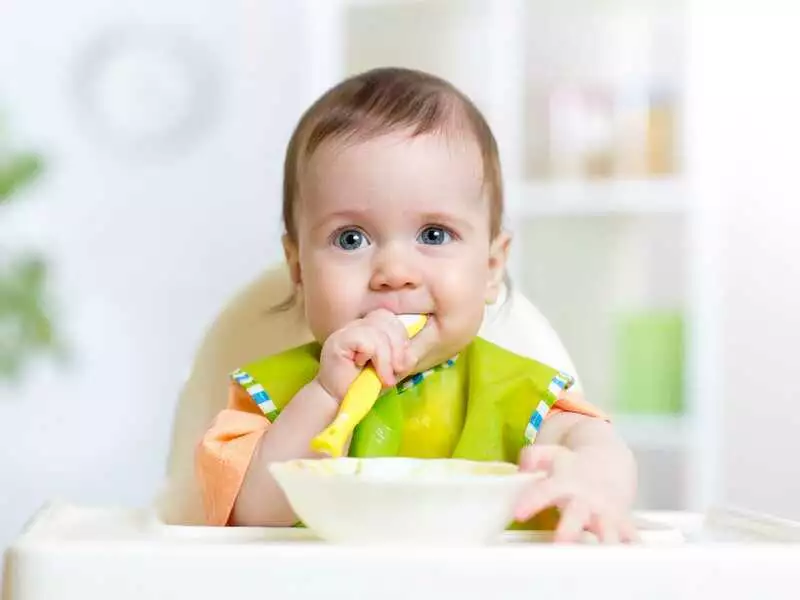Fish is a very important element in the diet of infants and children. They are a rich source of polyunsaturated fatty acids, which are part of the cell membrane of many cells in the young body. By giving fish to your baby, you are strengthening his or her nervous system, immune system and eyesight. Remember to choose fatty marine fish, especially salmon, sprat and halibut. However, certain varieties are contraindicated for young children.
"1000 ways to..."
How do you start giving fish to your baby? Fish can be introduced into an infant's diet as early as 6 months of age, preferably blended or very well minced. It is important that when preparing a fish meal, all the bones are carefully removed. Remember to start feeding fish in small quantities (a small amount per small spoon). Initially, fish should be an occasional addition rather than a staple food - once a week seems an appropriate frequency. It is important to observe the child when new elements are first introduced into the diet. This applies not only to fish. In larger toddlers who have tolerated the new product well when introduced slowly, larger fish-based meals can be prepared. Example dish for a child aged 9-12 months:
"Salmon accompanied by vegetables"
Ingredients: parsnips 70g, potato 40g, carrot 40g, apple 20g, salmon 20g, sesame seeds 1 teaspoon, roasted amaranth seed 10g, butter ½ teaspoon, spring water ¾ cup, optional ½ teaspoon parsley. Wash all the vegetables thoroughly, then peel and dice, chop the parsley finely. Wash the fish thoroughly and remove all the bones. Put everything into boiling water and simmer for about 15 minutes. Then throw in the amaranth grains and cook for 5 minutes. Transfer everything to a bowl and wait for it to cool, then mash all the cooked ingredients with a fork. Finally, add ½ teaspoon of butter. Sprinkle with parsley and sesame seeds. Serve to your little one only when everything is at room temperature.
Some rules for serving fish properly to children:
- Choose good quality fish from certified organic shops. Always check the origin of the fish!
- If you buy fish that has already been frozen, remember that it cannot be frozen again after thawing.
- Try to prepare raw fish straight away.
- Raw or cooked fish can be stored at 4 C or -18 C.
- Try to prepare fish for your child without using extra fat: e.g. stewed, steamed or baked.
- If you are already preparing fried fish, make sure that the fat you use for frying is used once.
- Fish can be boiled or steamed, baked or fried, the important thing is that the preparation temperature is higher than 63 C.
- If you are defrosting fish, remember that it should be prepared and eaten the same day.
- When you prepare fish for your child, remember about good hygiene - use a separate cutting board! This will prevent the transfer of contamination from other food ingredients and thus avoid adverse effects on taste.

photo: panthermedia
What is definitely not allowed?
- Don't give your child raw or cold-smoked fish, as they can be a source of bacteria that are dangerous for children.
- Don't give your baby fish marinated in vinegar or spices that can irritate the mucous membranes of the young organism.
- Do not give your baby smoked fish, as it contains a large amount of salt, which is definitely not recommended for your baby.
- Do not give your baby canned fish.
- Ready-made fish products such as fish fingers are not recommended for children, as they can contain a large amount of "bad fats" of non-fish origin. These fats mainly come from the coating that surrounds the piece of fish. This extra fat is not good for your baby.
Remember that the child is a close observer of the parents. If you include fish frequently in your diet, your child will also be more likely to eat the fish dishes you prepare for it!









